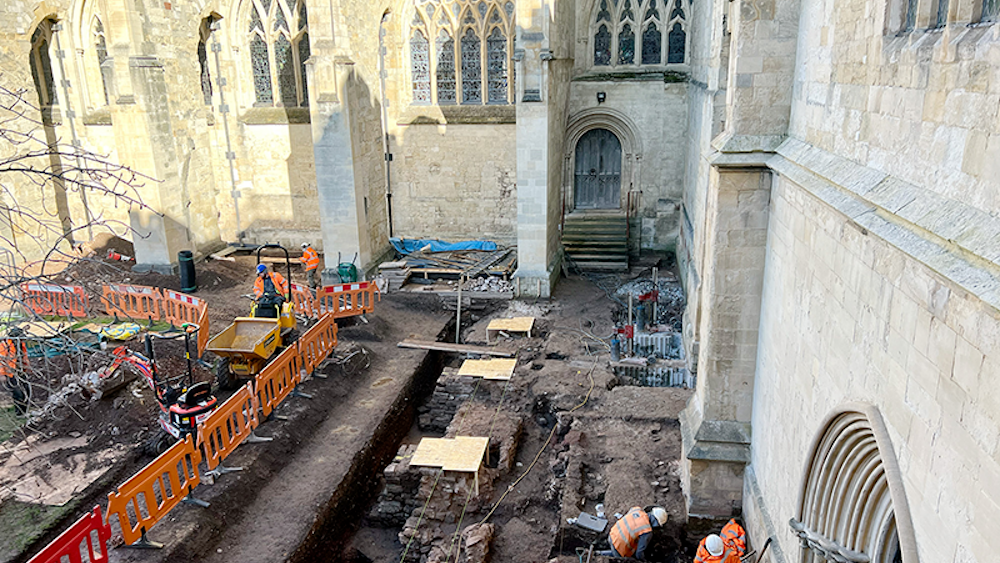Archaeologists in England have discovered several Roman ruins buried next to a cathedral in Exeter.
The structures, which were built between A.D. 50 and 75, include a street and wooden buildings that were once part of a Roman legionary fortress, according to a statement.
The construction itself was likely part of a “long barrack building,” John Allan, a cathedral archaeologist with the University of Exeter, said in the statement.
Romans built the fortress around the same time as a bathhouse, which was discovered near the cathedral in 1971. The bathhouse was “the second stone building in the whole of Britain at the time it was built,” according to a Devon County Council Facebook post.
Roman troops — whose legions boasted 5,000 Roman citizen soldiers apiece — were a common sight in Roman Britain, Historic England, an organization that oversees historic sites in England, wrote in a 2018 report. Britain was one of the most heavily militarized regions in the Roman Empire, the report noted.
Related: Subterranean crypt with empty tombs unearthed at medieval cathedral in England
Archaeologists at the cathedral also unearthed what was left of a stone wall that once belonged to a Roman townhouse built sometime in the third and fourth centuries A.D., according to the statement.
The archeological excavation work is part of a much larger project that involves building a new cloister gallery at the cathedral, which replaces the cathedral’s medieval cloisters that were demolished in 1656. The new construction will be built on the original cloisters’ foundations, according to the statement.
Exeter Cathedral is located in a region of Devon County that was conquered by the Roman Empire in A.D. 50. The empire continued controlling the area until A.D. 410, when the Roman period ended in Britain.
